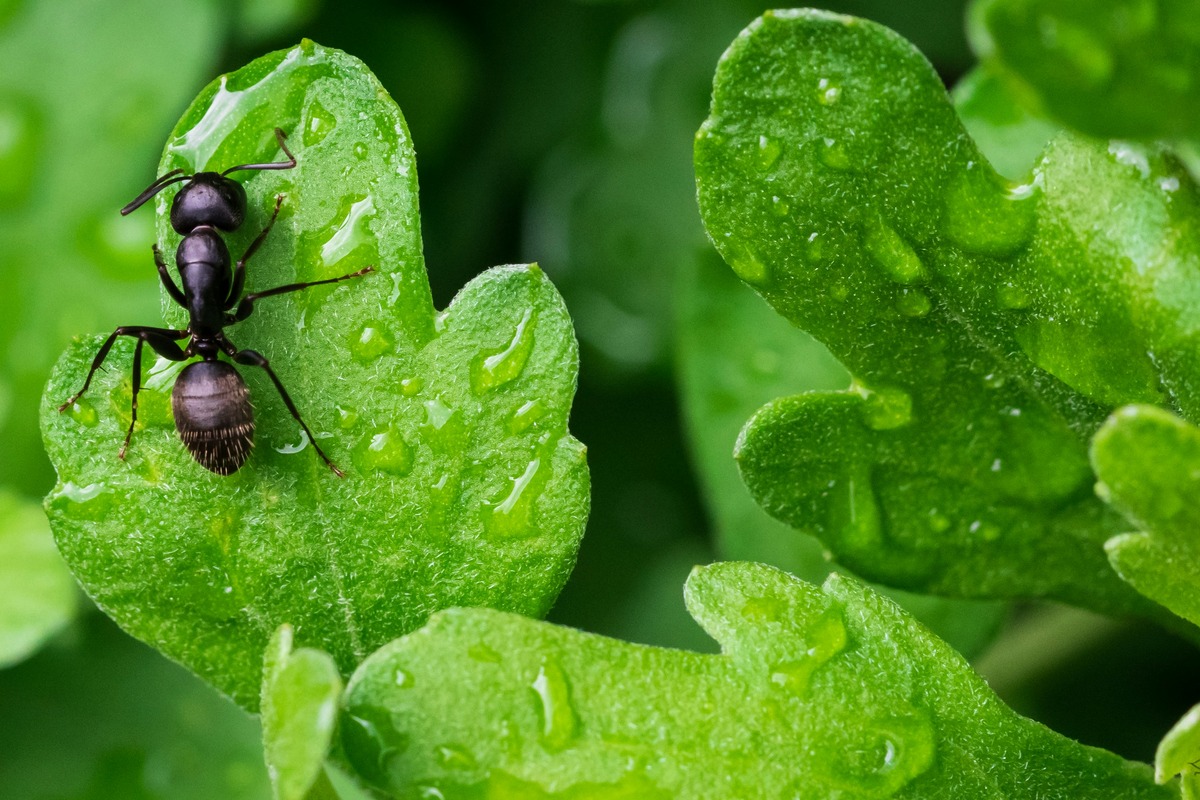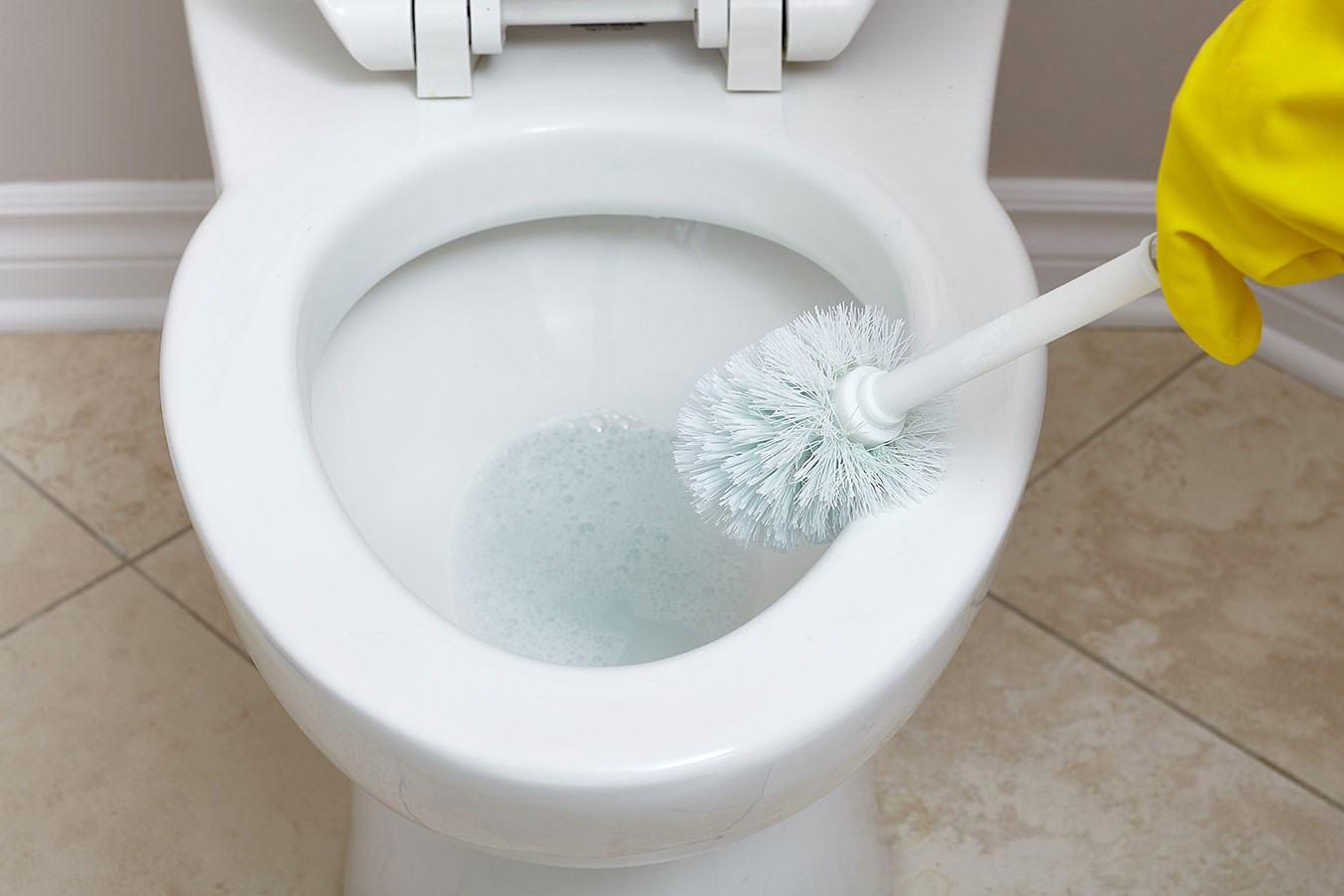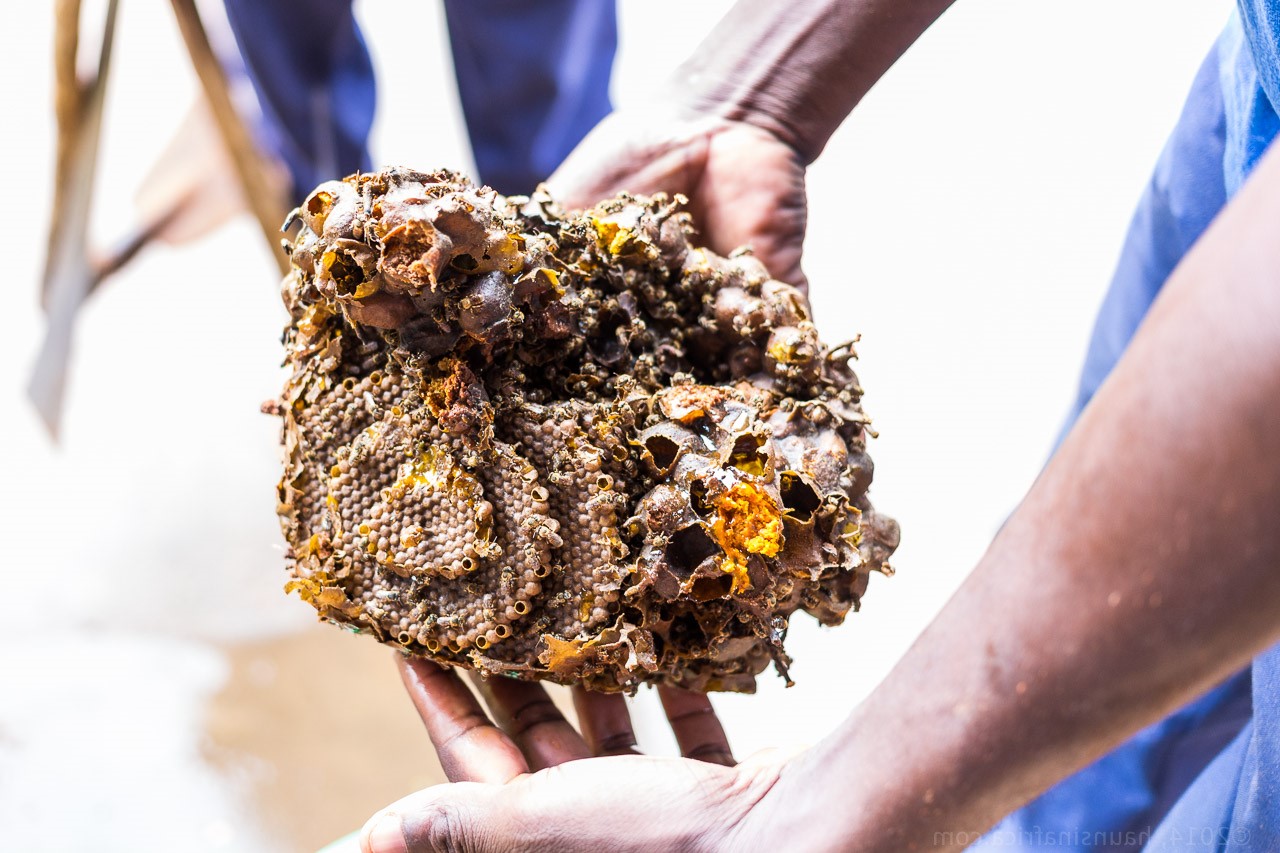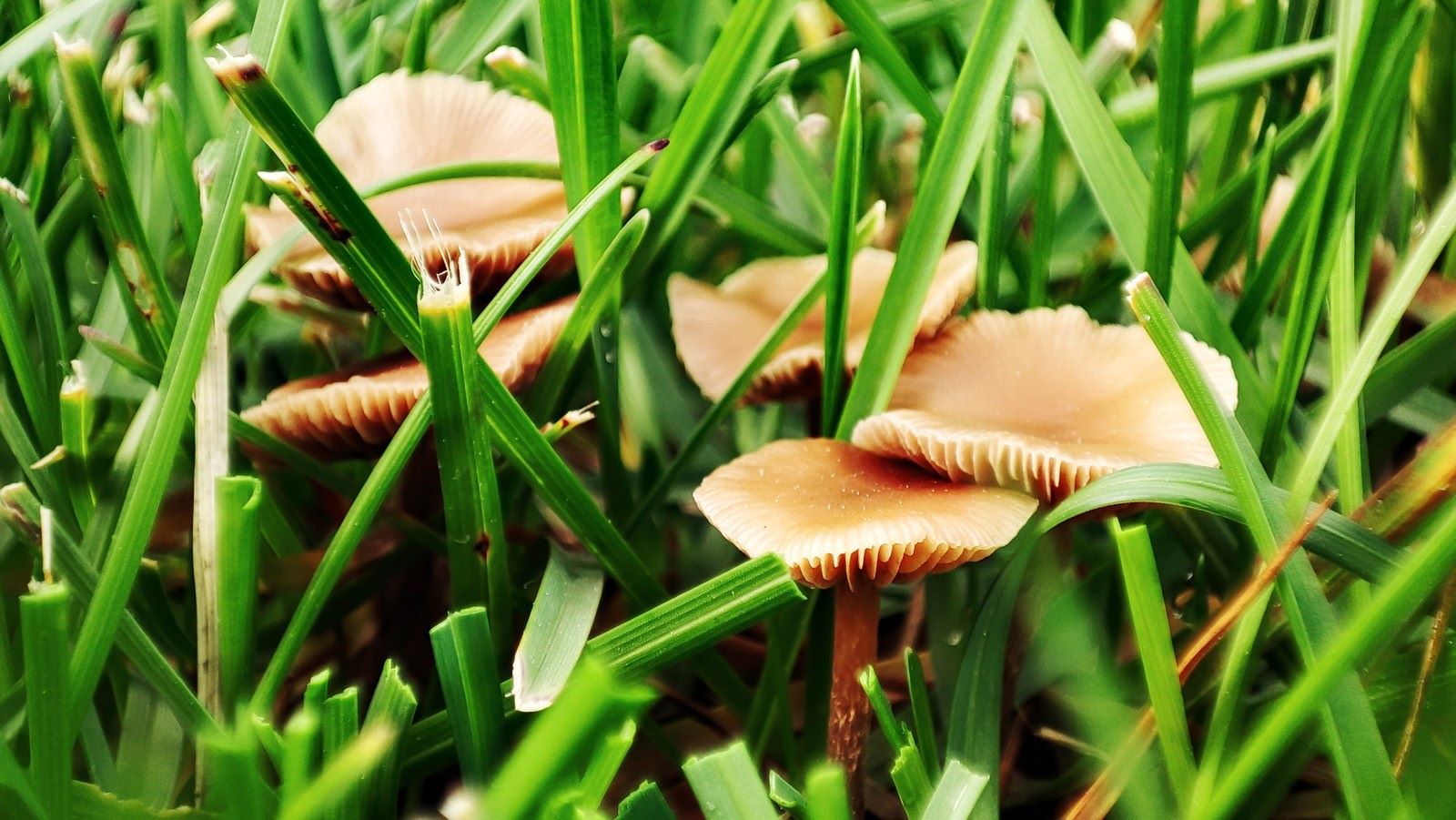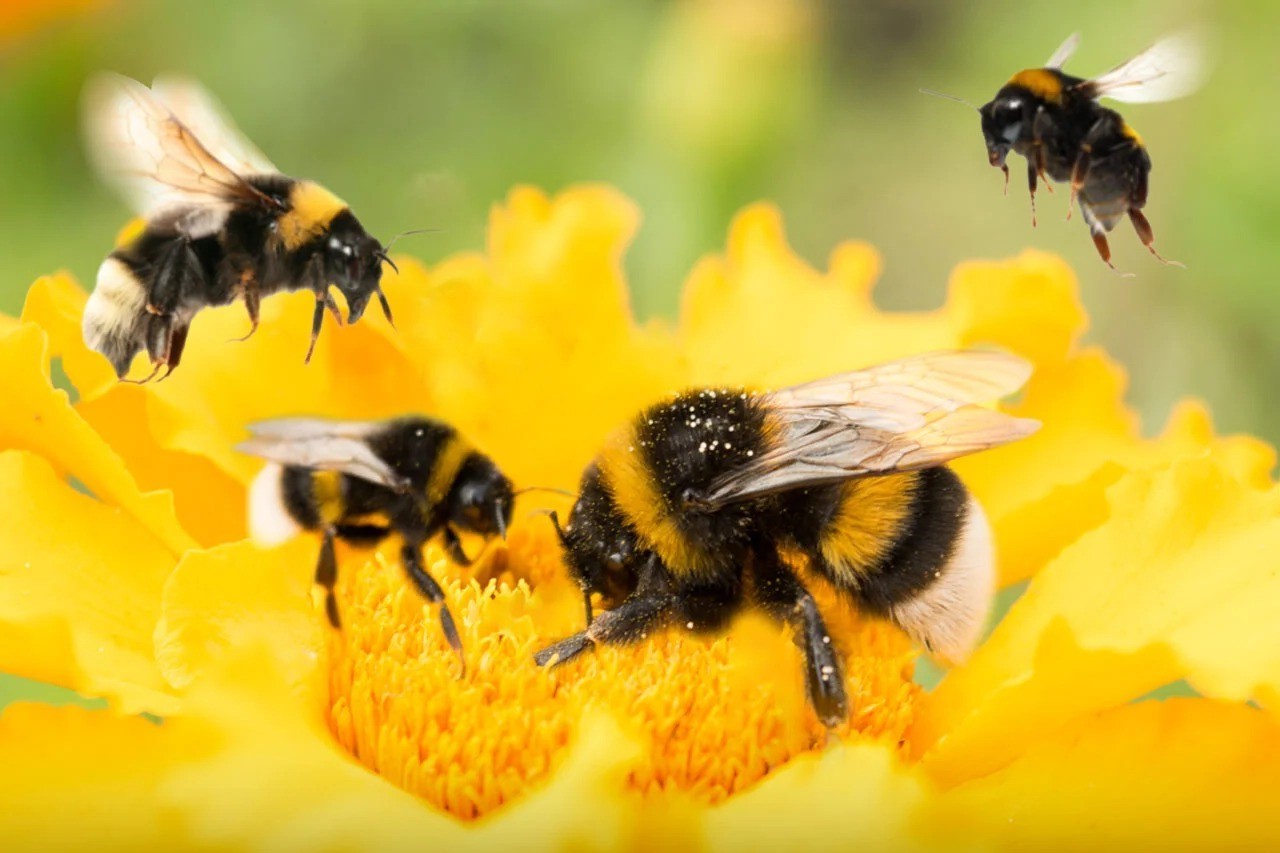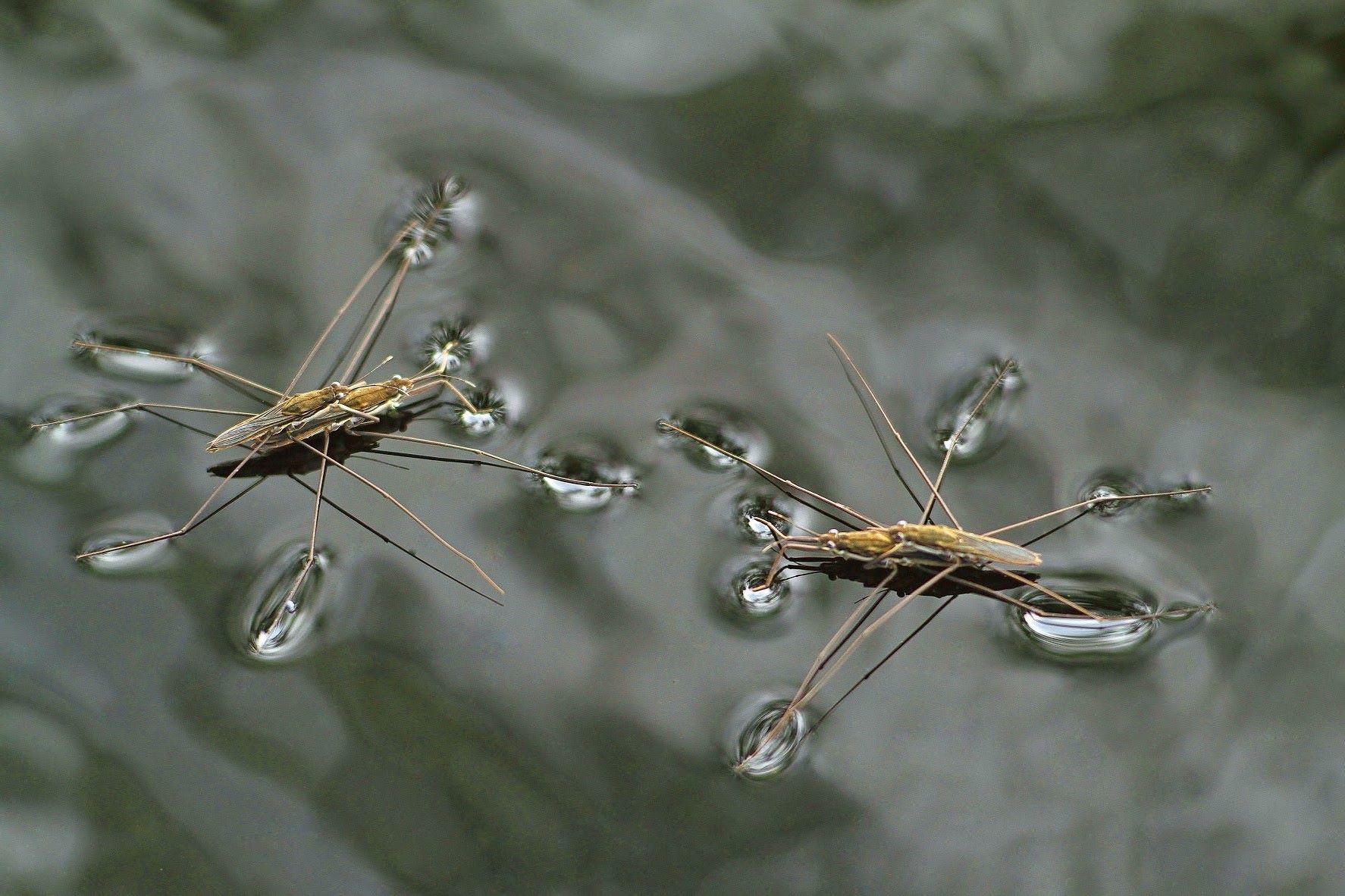Home>Home and Garden>How To Get Rid Of Ants
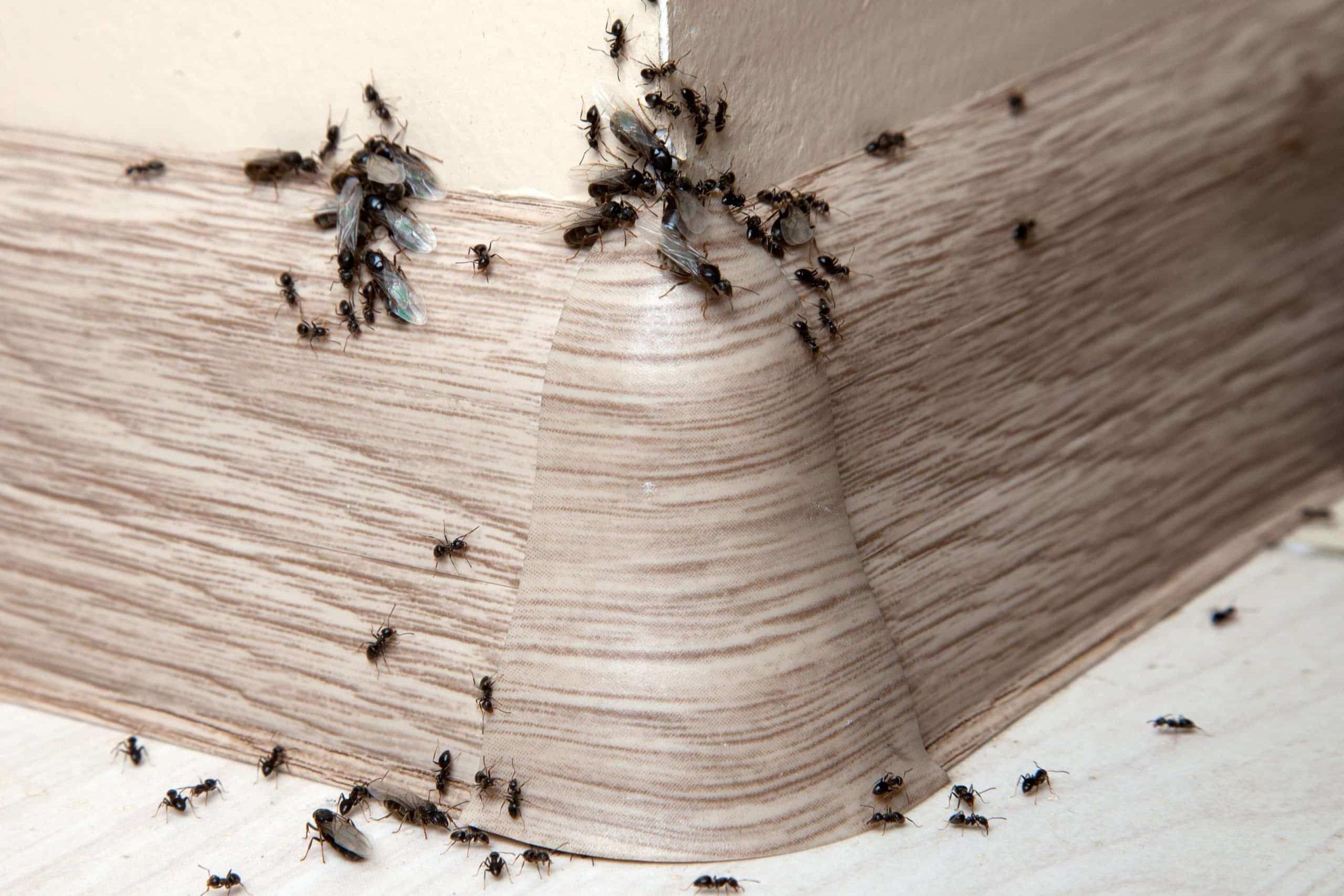

Home and Garden
How To Get Rid Of Ants
Published: March 7, 2024
Learn effective methods to eliminate ants from your home and garden. Discover natural and practical solutions to keep your space ant-free.
(Many of the links in this article redirect to a specific reviewed product. Your purchase of these products through affiliate links helps to generate commission for Noodls.com, at no extra cost. Learn more)
Table of Contents
Introduction
Dealing with an ant infestation can be a frustrating and challenging experience for homeowners. These tiny insects have a remarkable ability to infiltrate our living spaces, often appearing in the most unexpected places. Whether it's the kitchen, bathroom, or even the bedroom, ants seem to find their way in, leaving behind trails of frustration and annoyance.
In this comprehensive guide, we will explore effective strategies for getting rid of ants and preventing future infestations. From understanding the behavior of ants to identifying infestation signs and implementing natural and chemical eradication methods, we will cover all the essential aspects of ant control. By the end of this article, you will be equipped with the knowledge and tools to reclaim your home from these persistent pests.
Let's delve into the fascinating world of ants and discover the most effective ways to keep them at bay.
Read more: How To Get Rid Of Sugar Ants
Understanding Ants
Ants are social insects that live in colonies, often located in underground nests or within structural voids of buildings. They are highly organized and work together in a coordinated manner to ensure the survival and growth of their colonies. Understanding the behavior and characteristics of ants is crucial in effectively addressing and preventing infestations.
Ant Species Diversity
There are over 12,000 species of ants worldwide, with varying sizes, colors, and habits. Common household ants include the odorous house ant, pavement ant, carpenter ant, and pharaoh ant. Each species has unique preferences for food, nesting locations, and behaviors, making it essential to identify the specific type of ant infesting your home for targeted eradication.
Communication and Foraging
Ants communicate and coordinate their activities using chemical signals called pheromones. These scent trails guide other ants to food sources, leading to the familiar sight of ants marching in a line. Understanding this behavior is crucial in disrupting their foraging patterns and eliminating food sources to discourage their presence.
Nesting Habits
Ants establish nests in a variety of locations, including soil, wood, wall voids, and even within the cavities of plants. Some species prefer moist environments, while others thrive in dry conditions. By understanding their nesting habits, homeowners can identify potential entry points and nesting sites, aiding in targeted eradication efforts.
Read more: How To Get Rid Of Ants In Yard
Life Cycle
Ant colonies consist of a queen, workers, and sometimes winged reproductive individuals. The queen is responsible for laying eggs, which hatch into larvae and eventually develop into adult ants. Understanding the life cycle of ants is crucial in disrupting their reproductive capabilities and preventing the establishment of new colonies.
Environmental Adaptability
Ants are remarkably adaptable and resilient, thriving in a wide range of environments. Their ability to quickly locate and exploit new food sources makes them formidable pests. Understanding their adaptability is essential in implementing effective control measures that address their specific environmental preferences.
By gaining a deeper understanding of the diverse behaviors and characteristics of ants, homeowners can develop targeted strategies to combat infestations and prevent future occurrences. With this knowledge, we can proceed to identify signs of ant infestations and explore effective eradication methods.
Identifying Ant Infestations
Identifying an ant infestation is the first step in effectively addressing the issue. By recognizing the signs of ant activity, homeowners can take proactive measures to eradicate the pests and prevent further incursions. Here are the key indicators of an ant infestation:
-
Visible Ant Trails: One of the most obvious signs of an ant infestation is the presence of visible ant trails. These trails are often seen along baseboards, countertops, and other surfaces where ants forage for food. Observing the movement of ants can provide valuable insights into their entry points and foraging patterns.
-
Piles of Frass: Certain ant species, such as carpenter ants, excavate wood to create galleries for nesting. As they tunnel through wooden structures, they expel wood fragments and debris, known as frass. Piles of frass near wooden elements of a home, such as window sills or door frames, can indicate a carpenter ant infestation.
-
Winged Ants: During certain times of the year, ant colonies produce winged reproductive individuals known as alates. These winged ants emerge from the nest in large numbers during mating flights. Observing swarms of winged ants indoors or finding discarded wings near windowsills can signal the presence of an established ant colony.
-
Nesting Sites: Locating ant nesting sites is crucial for effective eradication. Common nesting locations include soil, wall voids, insulation, and even within electrical outlets. Identifying these areas can aid in targeted treatment and prevention efforts.
-
Unusual Odors: Some ant species, such as odorous house ants, emit a distinct, unpleasant odor when crushed. Detecting unusual odors in areas where ants are present can help in identifying the specific ant species and implementing appropriate control measures.
-
Presence of Ant Mounds: Outdoor ant infestations, particularly those involving species like fire ants, may manifest as visible mounds of soil in the yard or garden. These mounds serve as nesting sites and indicate the need for outdoor ant control measures.
By being vigilant for these signs, homeowners can promptly address ant infestations and minimize the potential damage and inconvenience caused by these persistent pests. Once an infestation is identified, it's crucial to explore effective eradication methods to regain control of the living space.
Natural Methods for Getting Rid of Ants
Dealing with ant infestations using natural methods is not only effective but also environmentally friendly. By harnessing the power of natural ingredients and strategic tactics, homeowners can successfully eliminate ants from their living spaces without resorting to harsh chemicals. Here are several natural methods for getting rid of ants:
Read more: How To Get Rid Of Ants In Your Car
1. Vinegar Solution:
- Create a solution of equal parts white vinegar and water. Spray this mixture along ant trails, entry points, and known nesting sites. The strong scent of vinegar disrupts the ants' pheromone trails, deterring them from returning to these areas.
2. Lemon Juice:
- The acidic nature of lemon juice acts as a natural ant repellent. Squeeze fresh lemon juice near entry points and areas of ant activity to discourage their presence. Additionally, placing lemon peels in strategic locations can serve as a natural deterrent.
3. Peppermint Oil:
- Ants are known to be averse to the scent of peppermint oil. Dilute peppermint oil with water and use a spray bottle to apply it along ant trails and entryways. This natural repellent disrupts the ants' communication and foraging patterns.
4. Cinnamon:
- Sprinkling ground cinnamon near entry points and areas of ant activity can act as a natural barrier, preventing ants from crossing into these spaces. The strong aroma of cinnamon disrupts the ants' ability to navigate and communicate effectively.
Read more: How To Get Rid Of Grasshoppers
5. Diatomaceous Earth:
- This natural powder, composed of fossilized diatoms, is an effective ant killer. Sprinkle diatomaceous earth in areas where ants are active. The fine particles penetrate the ants' exoskeleton, leading to dehydration and eventual death.
6. Boric Acid Baits:
- Create a bait using a mixture of boric acid, sugar, and water. Place this bait in areas frequented by ants. The ants are attracted to the sugar but are ultimately killed by the boric acid, which they carry back to the colony, effectively reducing the population.
7. Sealing Entry Points:
- Identify and seal off potential entry points, such as gaps around windows, doors, and utility penetrations. By preventing easy access, homeowners can significantly reduce the likelihood of future ant incursions.
By incorporating these natural methods into an integrated pest management approach, homeowners can effectively combat ant infestations while minimizing the use of synthetic chemicals. These natural remedies not only provide a safer environment for households but also contribute to sustainable pest control practices.
Now that we've explored natural methods for getting rid of ants, let's delve into chemical methods for eradicating ant infestations.
Chemical Methods for Getting Rid of Ants
When natural methods alone are insufficient in addressing severe ant infestations, chemical treatments can provide effective solutions for eradicating these persistent pests. It's important to approach chemical methods with caution, ensuring the safety of household members and pets while effectively targeting ant populations. Here are several chemical methods for getting rid of ants:
Read more: How To Get Rid Of Yellowjackets
1. Ant Bait Stations:
Ant bait stations contain a slow-acting insecticidal bait that is attractive to foraging ants. The bait is carried back to the colony, where it is shared with other ants, including the queen. Over time, the bait effectively eliminates the entire colony, providing long-term control of ant populations.
2. Liquid Insecticides:
Liquid insecticides, available in ready-to-use formulations or concentrates, can be applied along ant trails, entry points, and nesting sites. These insecticides provide rapid knockdown of ants upon contact and residual control to prevent future infestations. It's essential to follow label instructions and use these products in accordance with safety guidelines.
3. Insecticidal Dusts:
Insecticidal dusts, such as silica aerogel or diatomaceous earth, can be applied in voids, wall cavities, and other inaccessible areas where ants nest. These dusts desiccate and kill ants upon contact, providing long-lasting control in areas where liquid treatments may not be practical.
4. Outdoor Perimeter Treatments:
For outdoor ant infestations, perimeter treatments using liquid insecticides or granular formulations can create a barrier of protection around the home. These treatments deter ants from entering the living space and help prevent outdoor colonies from establishing indoor incursions.
Read more: How To Get Rid Of Cowlicks
5. Professional Pest Control Services:
In severe or persistent ant infestations, seeking the expertise of professional pest control services may be necessary. Licensed professionals can assess the extent of the infestation and implement targeted chemical treatments to effectively eliminate ants while ensuring the safety of the household.
When utilizing chemical methods for ant control, it's crucial to prioritize safety and adherence to product labels and guidelines. Additionally, homeowners should consider the potential impact of chemical treatments on beneficial insects and the environment, opting for products with minimal ecological impact whenever possible.
By integrating chemical methods with natural approaches and preventive measures, homeowners can achieve comprehensive ant control while minimizing the risks associated with chemical treatments. With a well-rounded pest management strategy, households can reclaim their living spaces from ant infestations and enjoy a pest-free environment.
Now that we've explored chemical methods for getting rid of ants, let's move on to preventing future ant infestations.
Preventing Future Ant Infestations
Preventing future ant infestations is essential for maintaining a pest-free living environment. By implementing proactive measures and addressing conducive conditions, homeowners can significantly reduce the likelihood of recurring ant incursions. Here are effective strategies for preventing future ant infestations:
-
Maintain Cleanliness: Regular cleaning and sanitation practices are crucial in deterring ants. Wipe down countertops, sweep floors, and promptly clean up food and beverage spills to eliminate potential food sources that attract ants.
-
Seal Entry Points: Conduct a thorough inspection of the home's exterior and interior to identify and seal off potential entry points for ants. Use caulk to seal gaps around windows, doors, and utility penetrations, preventing easy access for ants.
-
Remove Outdoor Attractants: Outdoor food sources, such as fallen fruits, pet food, and open garbage bins, can attract ants. Keep outdoor areas clean and free of food debris to minimize the likelihood of ant foraging near the home.
-
Trim Vegetation: Overhanging branches and vegetation in close proximity to the home can provide pathways for ants to access the structure. Regularly trim trees, shrubs, and plants to create a barrier and reduce direct contact between outdoor ant populations and the home.
-
Moisture Control: Addressing moisture issues, such as plumbing leaks and excess humidity, is crucial in deterring moisture-seeking ant species. Repair leaks promptly and use dehumidifiers in damp areas to create an inhospitable environment for ants.
-
Storage Practices: Store food items in airtight containers to prevent access by ants. Additionally, regularly inspect and clean storage areas, such as pantries and cabinets, to eliminate potential ant harborage sites.
-
Professional Inspection: Periodic inspections by licensed pest control professionals can help identify potential vulnerabilities and address early signs of ant activity before infestations develop.
By integrating these preventive measures into routine household maintenance, homeowners can create an environment that is less conducive to ant infestations. Consistent vigilance and proactive strategies are key to maintaining a pest-free home and enjoying peace of mind without the presence of persistent ant pests.
Conclusion
In conclusion, addressing ant infestations requires a multifaceted approach that encompasses understanding ant behavior, identifying infestation signs, and implementing effective eradication and prevention strategies. By gaining insights into the diverse behaviors and characteristics of ants, homeowners can develop targeted strategies to combat infestations and prevent future occurrences. Understanding the communication, nesting habits, and adaptability of ants provides a foundation for implementing precise control measures.
Natural methods for getting rid of ants offer environmentally friendly and effective solutions. From using vinegar solutions and lemon juice to deploying peppermint oil and diatomaceous earth, homeowners can harness the power of natural ingredients to deter and eliminate ant populations. These methods not only provide a safer environment for households but also contribute to sustainable pest control practices.
When natural methods are insufficient, chemical treatments can provide effective solutions for eradicating severe ant infestations. Ant bait stations, liquid insecticides, and professional pest control services offer targeted approaches to eliminate ants while prioritizing safety and environmental impact. It's crucial to approach chemical methods with caution, ensuring the safety of household members and pets while effectively targeting ant populations.
Preventing future ant infestations is essential for maintaining a pest-free living environment. By maintaining cleanliness, sealing entry points, removing outdoor attractants, and addressing moisture issues, homeowners can significantly reduce the likelihood of recurring ant incursions. Consistent vigilance and proactive strategies are key to maintaining a pest-free home and enjoying peace of mind without the presence of persistent ant pests.
In essence, by integrating natural and chemical eradication methods with preventive measures, homeowners can achieve comprehensive ant control while minimizing the risks associated with pest infestations. With a well-rounded pest management strategy, households can reclaim their living spaces from ant incursions and enjoy a pest-free environment.
